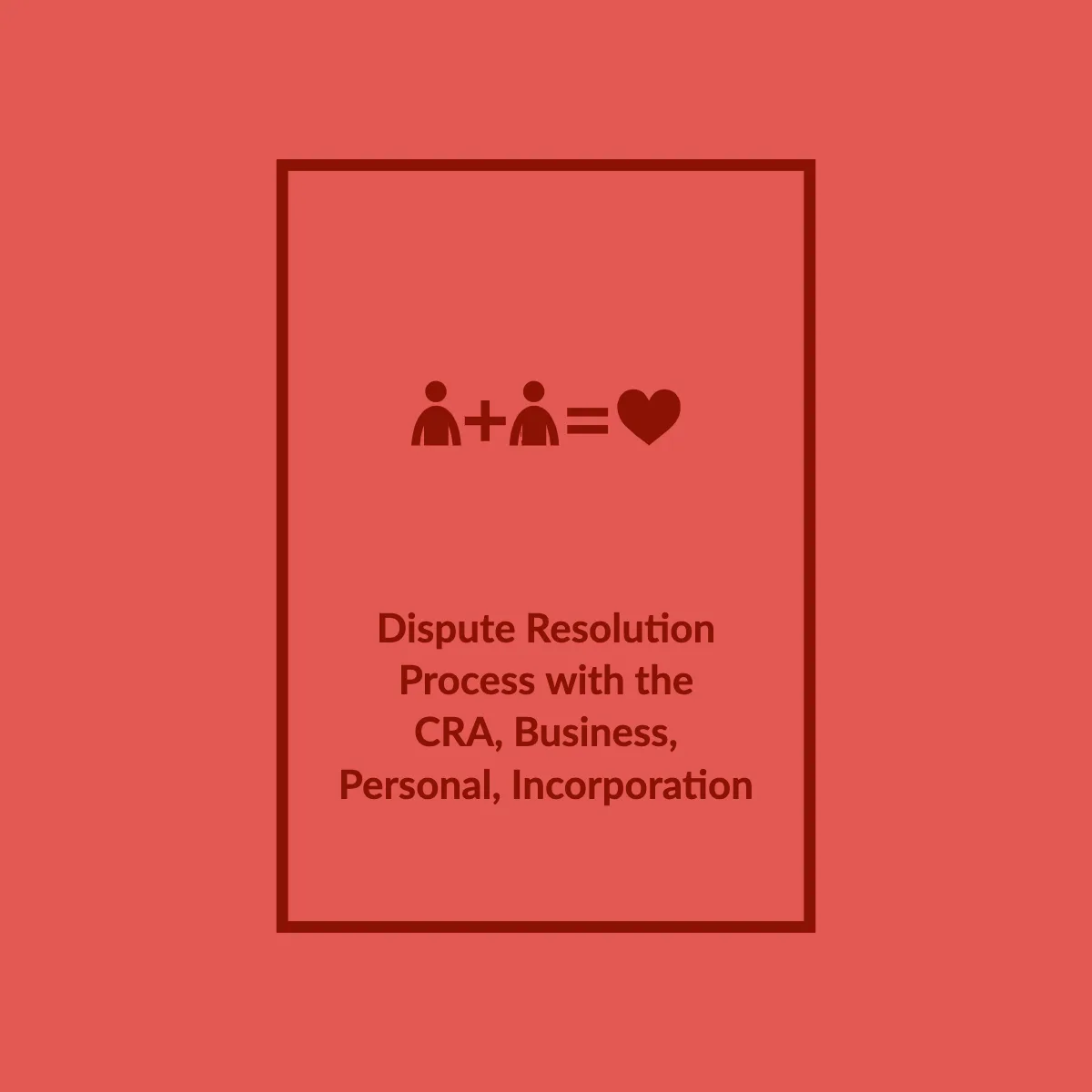Introduction:
Resolving tax disputes with the Canada Revenue Agency (CRA) can be a complex and daunting process. It’s essential to understand your rights and the steps involved in filing a formal dispute when you disagree with an assessment or determination. In this guide, we’ll walk you through the process of filing a formal dispute with the CRA and provide insights into handling loss determinations.
-
Communicate First:
Before diving into the formal dispute process, it’s wise to communicate with the CRA. Many issues can be resolved through open communication. As the CRA puts it, “Talk to us.” If you have new information or believe there’s been a misunderstanding, consider reaching out first.
-
Online or Written Dispute:
If the disagreement persists, you have the option to file a formal objection. You must do this within 90 days from the date of the notice of assessment or determination. You can file an objection through My Business Account, Represent a Client, or by sending a written objection.
-
How to File an Objection:
To file an objection online, access My Business Account or Represent a Client and select “File a formal dispute (Notice of Objection)” under “Corporation Income Tax.” If you choose to send a written objection, you can use Form T400A or write directly to the chief of appeals at your Appeals Intake Centre.
-
Provide Detailed Information:
Regardless of your chosen method, ensure you provide a clear and comprehensive explanation of why you disagree. Include all relevant facts and supporting documents to strengthen your case.
-
Large Corporations:
Large corporations have specific requirements for objections. These include describing each issue reasonably, specifying the relief sought, and providing facts and reasons relied upon for each issue. Large corporations will also have to pay 50% of the disputed amount.
-
Understanding Loss Determinations:
Disputes involving loss amounts follow a slightly different process. If you disagree with the CRA’s assessment of your losses, you can request a loss determination. The CRA will issue a written determination, often through Form T67AM.
-
Time Limit for Loss Determinations:
Once you receive a notice of determination, you have 90 days to file an objection. However, you cannot request a loss determination if the CRA assessed your loss to be the same as what you reported.
-
Types of Loss Determinations:
The CRA can make determinations for various types of losses, including non-capital losses, net capital losses, restricted farm losses, farm losses, and limited partnership losses.
-
Record-Keeping is Crucial:
To navigate the dispute process effectively, it’s essential to maintain proper records. Keep your paper and electronic records for at least six years from the end of the relevant tax year. Some records, like minute books, may need to be kept longer.
Conclusion:
Dealing with tax disputes and objections can be intricate, but understanding the process is crucial. Always consider open communication with the CRA first, and if necessary, follow the steps outlined in this guide. With proper documentation and a clear understanding of the process, you can navigate the CRA’s dispute resolution process effectively and protect your rights as a taxpayer.
References:
- Section 165
- Subsection 225.1(7)
- Subsections 152(1.1) and 152(1.2)
- Subsections 230(4), 230(4.1), 230(5), and 230(6)
- Regulation 5800



Leave a Reply